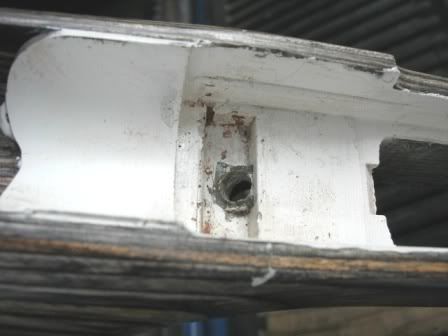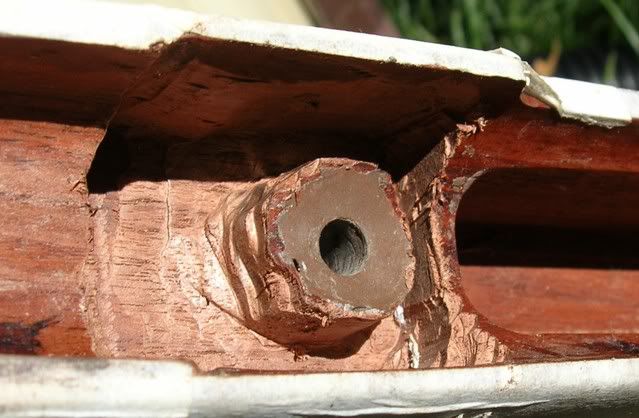Much of the shrinkage is about the percentage of solid filler.The steel,or glass,or aluminum has zero shrink.A 50% fill will give 1/2 the shrink of straight resin.
If you should trap a stack of filler,it becomes a solid shim.That matters if you are patching a void or working in stages.What you do not want in your final result is the receiver stressed over a high spot.
Likewise,the thickness of the bedding compound dictates the total amount of shrink..A 1/8 in thick layer of compound will pull twice the linear shrink a 1/16 layer of compound will.
My opinion,given it is a vicious kicking,stock breaking 7x57.and our OP is a home hobbyist
I'd suggest Accraglas gel.It does not run.
Its very friendly and forgiving to use.It has a friendly work time,and cleans up with vinegar.
I suggest a two stage process,step one,just clearance a little around the rear tang and guard screw,and then choose a feature in the front to position the front of the receiver.that could be the sides and bottom of the recoil lug,to clearance.
If you bed these two small areas,you have established the height and centering of the receiver in the stock.Now,without changing these surfaces,you can go back and clearance all that you want to bed.I suggest a scribe line all around the outside of the receiver to work to,and .030 might be good.I'd use a Bridgeport if available,but other than that,very sharp carving chisels,scrapers made of feeler gage stock(grind them to shape,leave a burr,drag the burr .The burr is the cutting edge)
Use the same care you would if you were hand inletting a stock to create about .020 to 050 space around the receiver,if you want a full bed job.
With the pads you have created in step one,you can reassemble the rifle as if it were pillar bedded,the receiver suspended in correct position with clearance all around.
That's not a full lesson,but it is one way to start.
IMO,a good option is to do the front receiver ring ,recoil lug,and the flat floor between the mag well and recoil lug.I'd also do the rear tang under the rear ring up to the mag well.After those cure,I'd use Prussian blue high spot and scrapers to make sure nothing else was high,as to stress the receiver.


